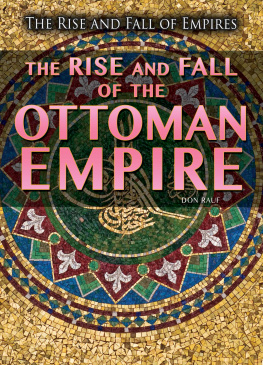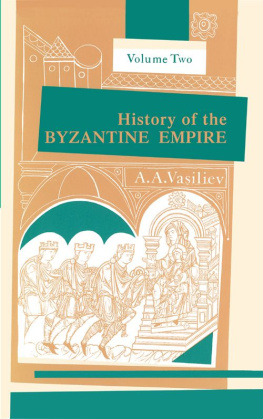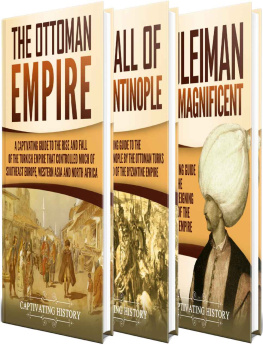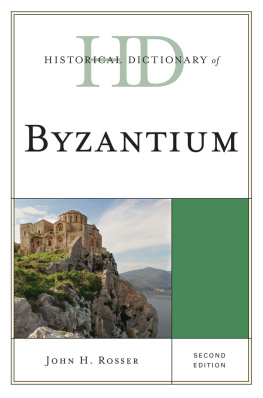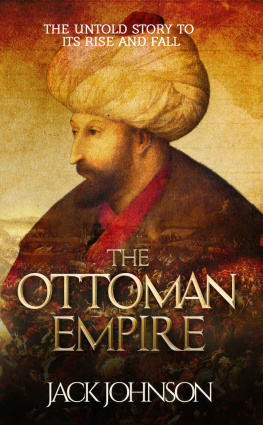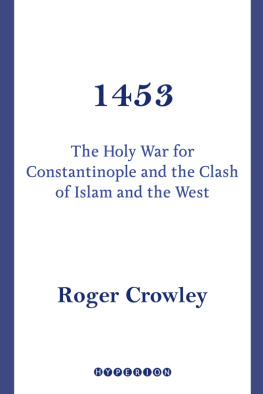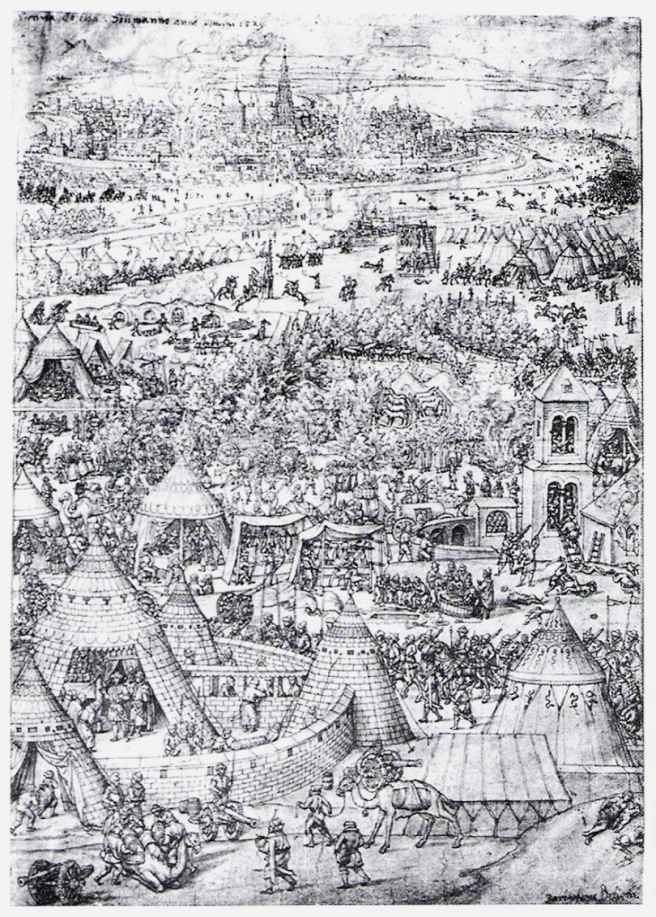Charles River Editors is a boutique digital publishing company, specializing in bringing history back to life with educational and engaging books on a wide range of topics. Keep up to date with our new and free offerings with this 5 second sign up on our weekly mailing list , and visit Our Kindle Author Page to see other recently published Kindle titles.
We make these books for you and always want to know our readers opinions, so we encourage you to leave reviews and look forward to publishing new and exciting titles each week.
Introduction
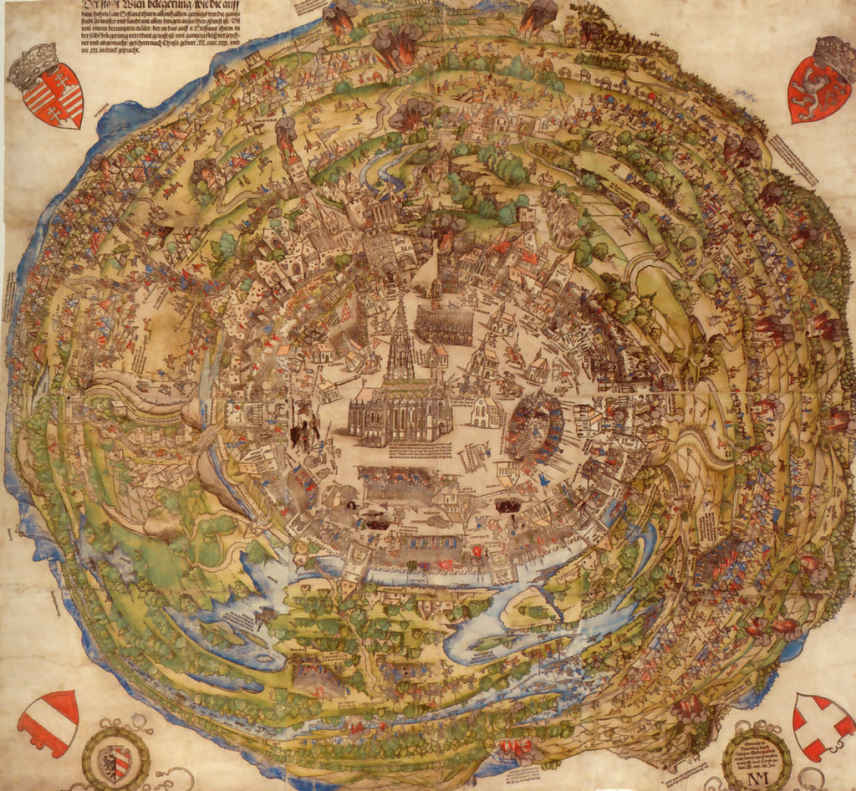
A 1530 map of Vienna
In terms of geopolitics, perhaps the most seminal event of the Middle Ages was the successful Ottoman siege of Constantinople in 1453. The city had been an imperial capital as far back as the 4 th century, when Constantine the Great shifted the power center of the Roman Empire there, effectively establishing two almost equally powerful halves of antiquitys greatest empire. Constantinople would continue to serve as the capital of the Byzantine Empire even after the Western half of the Roman Empire collapsed in the late 5 th century. Naturally, the Ottoman Empire would also use Constantinople as the capital of its empire after their conquest effectively ended the Byzantine Empire, and thanks to its strategic location, it has been a trading center for years and remains one today under the Turkish name of Istanbul.
The end of the Byzantine Empire had a profound effect not only on the Middle East but Europe as well. Constantinople had played a crucial part in the Crusades, and the fall of the Byzantines meant that the Ottomans now shared a border with Europe. The Islamic empire was viewed as a threat by the predominantly Christian continent to their west, and it took little time for different European nations to start clashing with the powerful Turks. In fact, the Ottomans would clash with Russians, Austrians, Venetians, Polish, and more before collapsing as a result of World War I, when they were part of the Central powers.
The Ottoman conquest of Constantinople also played a decisive role in fostering the Renaissance in Western Europe. The Byzantine Empires influence had helped ensure that it was the custodian of various ancient texts, most notably from the ancient Greeks, and when Constantinople fell, Byzantine refugees flocked west to seek refuge in Europe. Those refugees brought books that helped spark an interest in antiquity that fueled the Italian Renaissance and essentially put an end to the Middle Ages altogether.
In the wake of taking Constantinople, the Ottoman Empire would spend the next few centuries expanding its size, power, and influence, bumping up against Eastern Europe and becoming one of the worlds most important geopolitical players. It would take repeated efforts by various European coalitions to prevent a complete Ottoman takeover of the continent, and one of the most important battles among those efforts took place at Vienna in 1529.
At the time, the Ottomans were led by one of their most famous sultans, Suleiman the Magnificent, and different chroniclers have analyzed Suleiman's behavior in different ways. There is a plethora of opinions as to his motives for attempting the takeover of Vienna, a well-guarded city far away from his empire's center. Had he intended to conquer the whole of the Holy Roman Empire? Had he intended to strengthen his borders? Had he acted in accordance with King Francis Is needs in the West? No matter the reason, Suleiman did not halt in his advances, despite the fact circumstances were not favorable for the Ottomans. The summer rains had already begun when he set out for Vienna, making most of the roads inaccessible both for cavalry and moving the heavy pieces of artillery needed for a successful siege. The camels brought from Anatolia proved too sensitive for the cold, constant rain and died in large numbers, and many of the soldiers shared the same fate.
By the time they arrived around Vienna in late September, the Ottoman forces were heavily depleted, and many siege armaments had been left behind when stuck in the mud. The population of Vienna had seen the enemy coming, giving them plenty of time to reinforce, strengthen, and prepare. When they launched the siege, the Ottoman forces lacked conviction, making it easy to fight back during the initial attacks. After making no real progress, the soldiers lost their motivation when the weather took a turn for the worse shortly into the siege. Suleiman's supply of food and water diminished, and the troops were close to mutiny. In a final all or nothing attempt, the Ottomans attacked with all the strength they had left, trying to break Vienna's fortifications, which refused to yield. Suleiman accepted defeat, gathered his men, and returned to Anatolia. The hasty departure from Vienna resulted in the loss of heavy armaments, as well as troops and prisoners in the heavy snowfall.
Modern historians speculate as to why Suleiman persisted with the siege even though the Ottoman forces were evidently weaker than the forces in Vienna upon their arrival. As an experienced, strategic warrior, it is most likely he realized his disadvantage and the full scale of his potential losses. It was also probable that the last burst of attacks was merely a means with which to weaken the city walls for a future siege. The second attempt, in 1532, was met with the same mix of bad luck and good defenses, and Vienna marked the limit of Ottoman advances in the West.
The Siege of Vienna (1529): The History and Legacy of the Decisive Battle that Marked the Beginning of the Ottoman-Habsburg Wars chronicles the events and conflicts that led to one of Europes most important battles. Along with pictures of important people, places, and events, you will learn about the siege like never before.
The Rise of the Ottoman Empire
By the middle of the 16 th century, the Ottoman Empire was one of the largest and most powerful states in the world. With its capital in Constantinople, the old capital of the vanquished Byzantine Empire, it straddled Asia, Europe, and Africa. The sway of the sultan was felt east to the Euphrates, north to the Danube, west to Algiers, and south to Arabia. It was the largest and most powerful of the Muslim states, and the Sultan of the Ottoman Empire claimed the title Caliph, head of the global Islamic community.
It is often referred to as the Ottoman Turkish Empire, but this is a misnomer since the idea of Turkish nationalism did not become a reality before the 20 th century. With the takeover of Crimea and Peloponnesus, the Ottomans had come to dominate trade on the Mediterranean and the Black Sea. In the perfect location to be the only gateway between Europe and Asia, the Ottoman Empire became a natural melting pot, which greatly benefited both the rulers and the people living under the empire.
The empire was based upon the supremacy of the descendants of Osman (Westernized as Ottoman), the 13 th century Turkish founder of the dynasty. Sultans of the Ottoman dynasty were heads of a clan rather than feudal sovereigns in the Western sense, as their family, followers, slaves and subject peoples were considered members of the dynastic household. Ethnically Turkish members of this imperial household were in the minority, and the Ottomans ruled a truly multiethnic state. A member of any ethnic group could attain high office, so ranking officials might have been Slavic, Greek, Armenian, Persian, or Arab, to name but a few of the many nationalities under Ottoman rule.









